Time Periods
Paleolithic
Mesolithic
Neolithic
Chalcolithic
Bronze Age
Iron Age
Classical Period
Post-Classical Period
Early Modern Period
Industrial Period
Contemporary Period
Time Periods
Paleolithic
Mesolithic
Neolithic
Chalcolithic
Bronze Age
Iron Age
Classical Period
Post-Classical Period
Early Modern Period
Industrial Period
Contemporary Period
Location
About
Anbar, an ancient and medieval town located in central Iraq, has a rich archaeological history marked by its strategic location and role in various empires. Originally known as Misiche, it served as a significant military and trade hub due to its position at a major Euphrates crossing and the northern point of an extensive irrigation network. The town saw fortifications under Sasanian ruler Shapur I and later became a site of conflict during Roman and Sasanian wars. Anbar flourished as an ecclesiastical center and held a diverse population including Persians, Arabs, and Jews. It gained prominence as the Abbasid Caliphate's capital before the founding of Baghdad. Over time, the town faced numerous sacks and declined, yet it continued as an administrative center until the 14th century. The ruins near Fallujah, including fortifications and religious structures, reflect its historical significance.
Gallery
Explore photographs of ancient structures, artifacts, and archaeological excavations at Anbar (town)
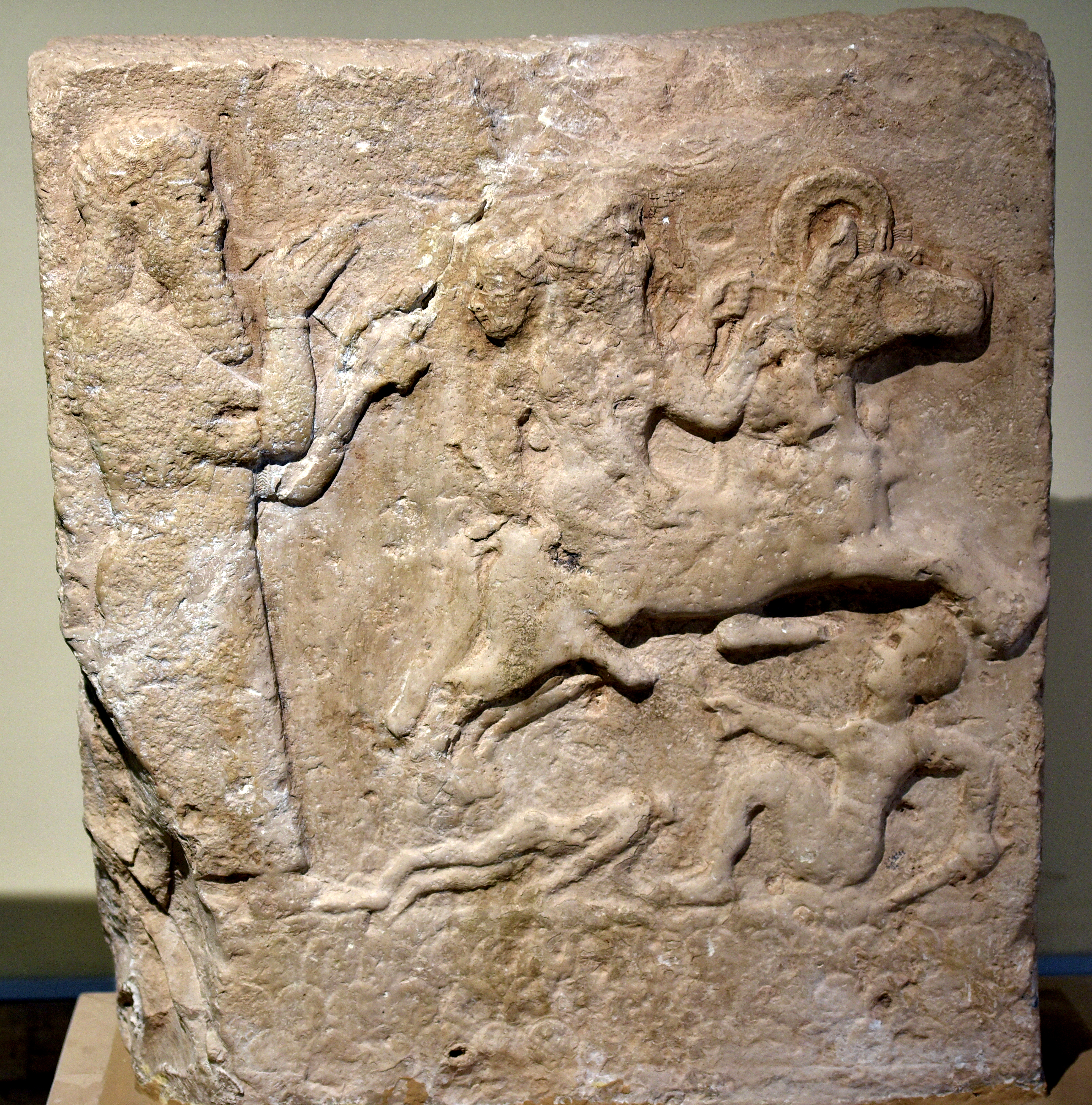
Archaeological Features
Explore the unique architectural and cultural elements found at this historical site
Storage Structures
Defensive Structures
Water Management Features
Public and Civic Structures
Religious and Ritual Structures
Domestic and Habitation Structures
Historical Timeline
Journey through time and discover key events in this site's archaeological history
Plan Your Visit
Details
- Country
- Iraq
- Source
- Wikipedia
More Sites in Iraq
Tulul al-Baqarat
Ancient, multiperiod site with temple remains.
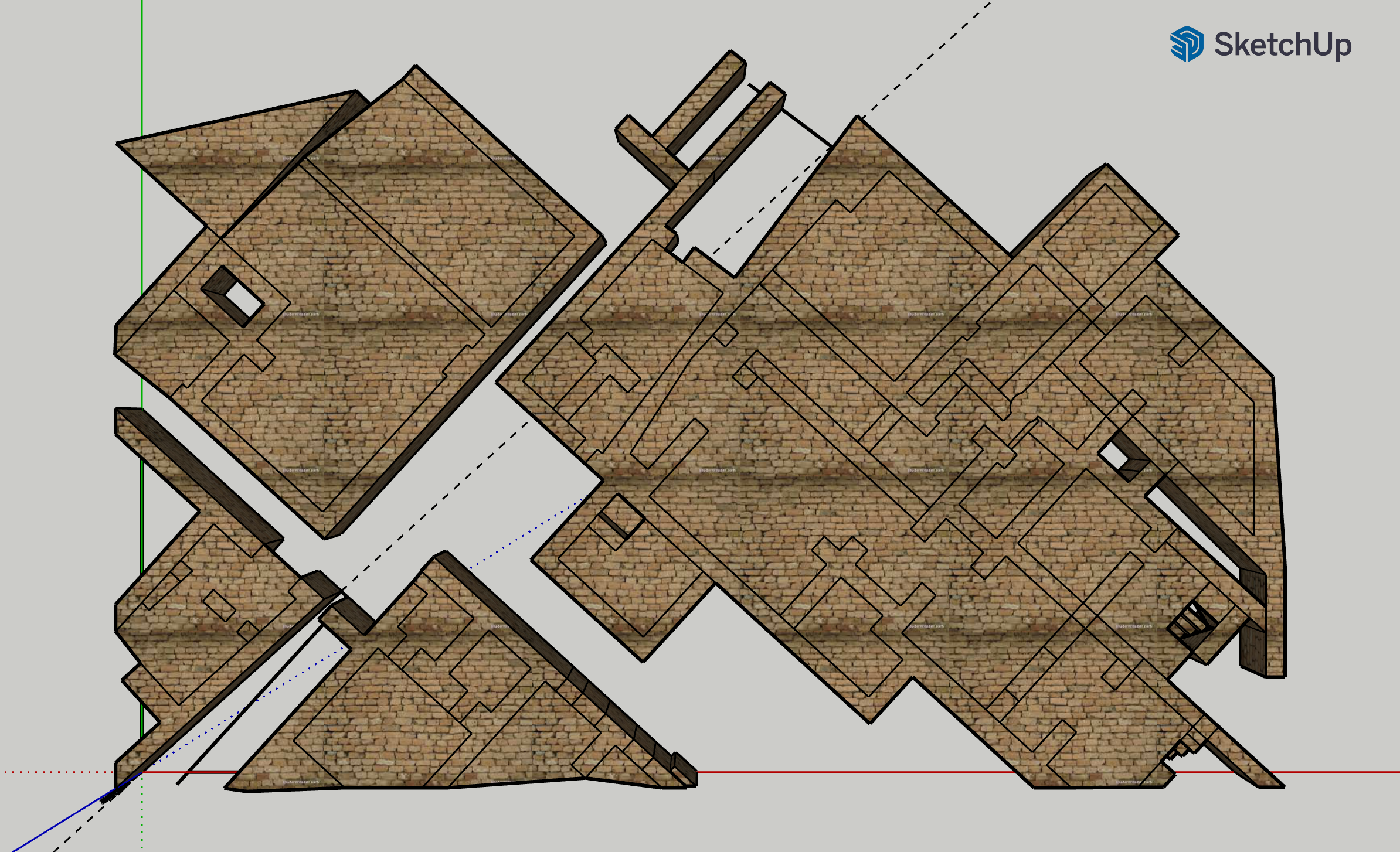
Nippur
Ancient Sumerian city with significant temples
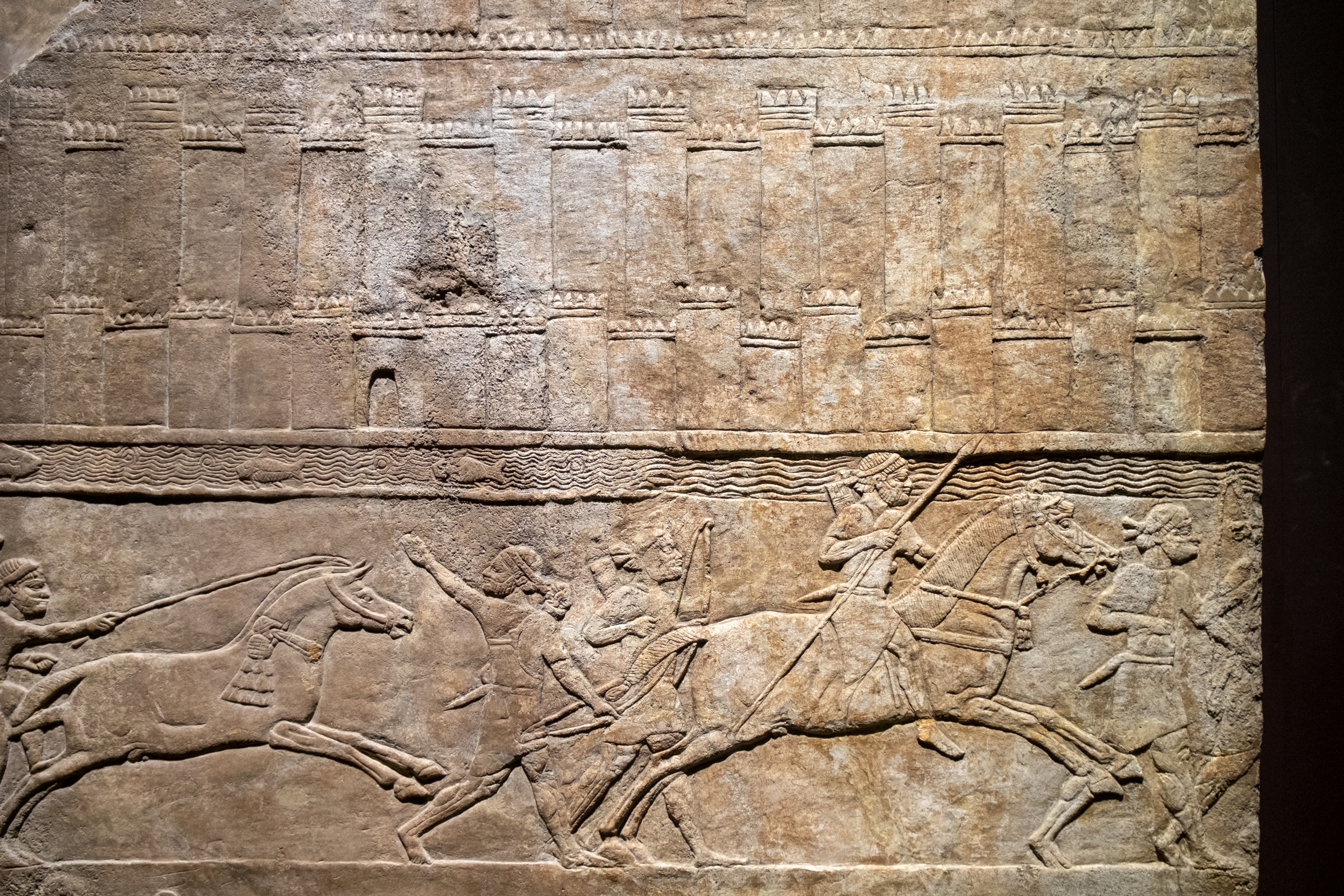
Nineveh
Ancient Assyrian city with monumental ruins
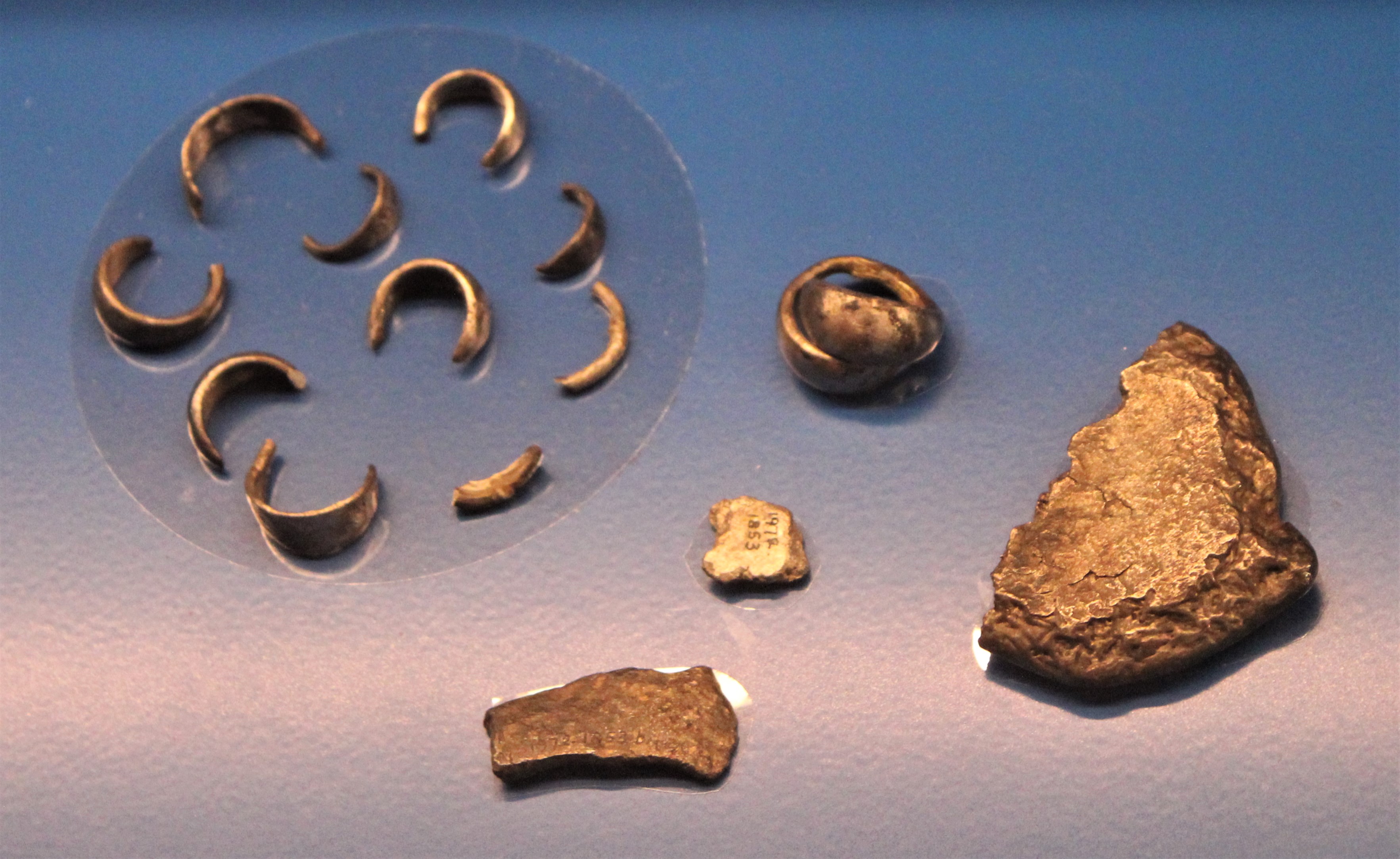
Tell Taya
Ancient hill city with fortifications and artifacts.
Tell al-Lahm
Oblong mound with city wall remnants
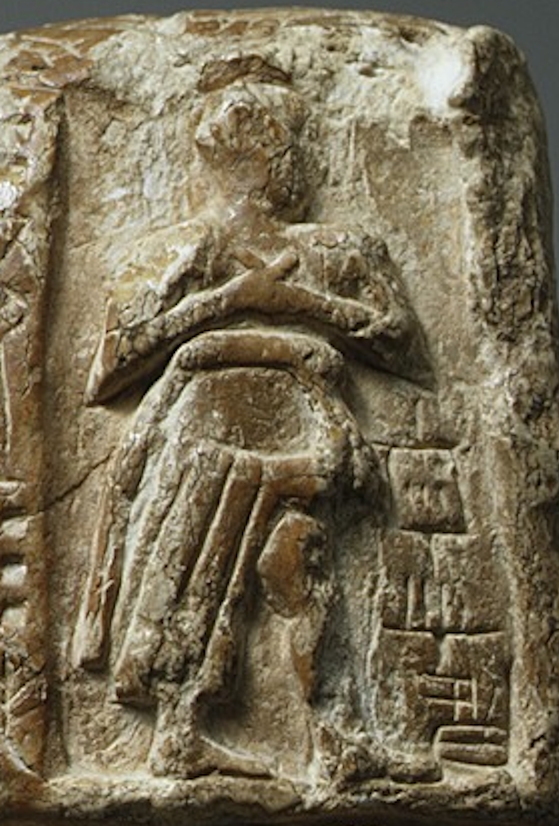
Uruk
Ancient Sumerian city with monumental structures